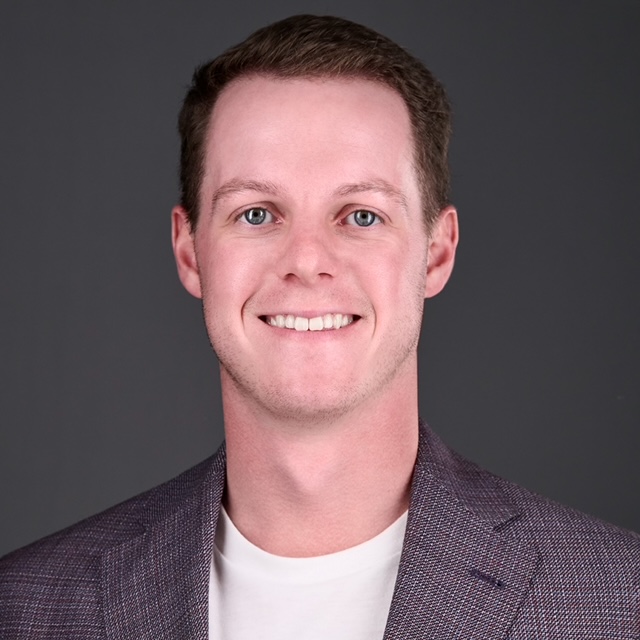
How Much Can You Put Into Whole Life Insurance?
One of the most common questions we hear is, “How much can I put into a whole life insurance policy?”
Sometimes it’s asked cautiously, as if the goal is to contribute as little as possible. Other times it’s asked curiously, from someone realizing there might be more opportunity here than they originally thought.
But at its core, the question reveals something deeper. People want to know if whole life is just another expense, or if it’s a tool they can use.
It’s understandable if your first thought is, “Why would I want to put a lot of money into insurance?”
For most people, life insurance has been positioned as an expense, not a tool. But when it’s structured the way we use it, whole life becomes one of the most stable, efficient, and liquid places to store capital for the long term.
To answer the question fully, we first need to understand what whole life actually is—and why you might want to put as much into it as possible.
There’s a reason why the wealthiest families like the Rockefellers use whole life insurance.
What Is Whole Life Insurance, And What Makes It Different?
Most people are familiar with term life insurance. It’s straightforward: you pay a small premium for a set period of time, and if you pass away during that window, your family gets a payout. It’s low-price and temporary, pure protection.
Then there’s universal life and its many variants, all built off of term insurance.
These policies offer flexibility in premium payments and death benefits, but they rely heavily on interest rates or market performance to function properly. When they’re not carefully managed, they can underperform, or worse, collapse.
Whole life insurance is different.
It’s built on guarantees. Guaranteed death benefit. Guaranteed cash value growth. Guaranteed level premiums. And when structured through a mutual insurance company, it can also pay dividends each year, further enhancing the value of the policy over time.
But what really sets whole life apart, and what most people miss, is that it’s not just about death. It’s about life. Specifically, it’s about cash value, and the living benefits that come from it.
Why Would I Want to Put Money Into Whole Life?
Your policy’s cash value is the living, liquid portion of your whole life contract. This is one of the main living benefits of whole life insurance. It grows every year, can be accessed without taxes (when done properly), and doesn’t depend on market performance.
The cash value is how you can use whole life insurance to build wealth. You can borrow against it to fund opportunities, cover emergencies, or create income. And when you do, your money keeps growing, because you’re not withdrawing it, you’re borrowing against it. That means uninterrupted compounding, one of the most powerful forces in finance.
For our clients, especially professionals, business owners, and those planning for long-term family legacy, this is where the strategy takes shape.
It gives the performance-driven entrepreneur capital they can leverage without credit checks or market risk. It gives the financially intentional mid-career professional control and clarity without surrendering liquidity. It gives those preparing for retirement or wealth transition a tool that simplifies inheritance and reduces tax exposure.
One of our clients, a business owner in his 40s, used his policy’s cash value to finance an equipment purchase rather than taking a bank loan. He kept his cash working inside the policy while covering the purchase, and repaid the loan on his own schedule. That’s the kind of flexibility this creates.
It’s also common to use whole life insurance to buy real estate.
And because of these benefits, the real question shifts from “What’s the minimum I need to contribute?” to “How much can I safely and efficiently put in?”
How We Structure Whole Life for Early Cash Value
At StoneCentury, we don’t design policies for minimum premiums. We design them for maximum performance.
The key to this is a feature called paid-up additions.
Paid-up additions are essentially small, fully paid-up pieces of whole life insurance that you can add to your policy. Every dollar allocated toward them increases your cash value immediately, boosts your future dividend potential, and increases your death benefit.
This is what allows you to “overfund” a policy, putting in more than the base premium and accelerating the cash value growth.
This structure turns your policy into a living, flexible financial asset, not just a death benefit.
So, How Much Can You Put In?
This is usually a two-part question from clients:
How much can I put in, in regard to my assets and income?
How much can I put into the policy without it becoming taxable?
When it comes to the amount you can put in in regard to your assets and income, there’s two main ways to find out.
The first is from the insurance company. They would like no more than 25% of your income to go towards your base premium.
However, the paid-up additions (PUA) portion is not a part of that equation. The second is through your assets. If you have assets that you can paydown or take interest off of to pay the premium, and you’re able to prove that to the insurance company you can do that.
How much you can put into your policy without it becoming taxable is a question of the tax code and the insurance company.
Different companies are good at different policy designs. Some may be better than others at allowing a larger lump sum payment at the beginning of the contract than others. Others may be better at funding over the base premiums many years in a row.
Our job in working together is to design the policy right up to the tax limit without ever crossing it. This can many times by 10x the base premium one time or 3-5x the base premium on an ongoing basis.
The Real Goal Isn’t Coverage. It’s Capital Efficiency.
Yes, there’s a death benefit. Yes, it provides protection. But what our clients really want isn’t just insurance. They want options. Liquidity. Leverage. Control.
A properly structured whole life policy becomes a foundational capital tool for building and protecting wealth, for creating cash flow in retirement, for funding investment or business opportunities, and for simplifying estate planning.
When viewed through this lens, the goal isn’t to fund the policy minimally. It’s to fund it as fully as you can—within the right structure—because every dollar you put in is working for you in multiple ways.
If you’re in a position to fund a policy heavily in the early years, we’ll help you do it right. If you want to start smaller and grow into it, we can build that path too. The key is intention.
Want to Learn How the Wealthiest Families Fund Their Policies?
Get your free copy of What Would the Rockefellers Do? and learn how they used whole life insurance to store capital, create legacy, and keep control—without giving up liquidity.
Click here to request your free copy.

